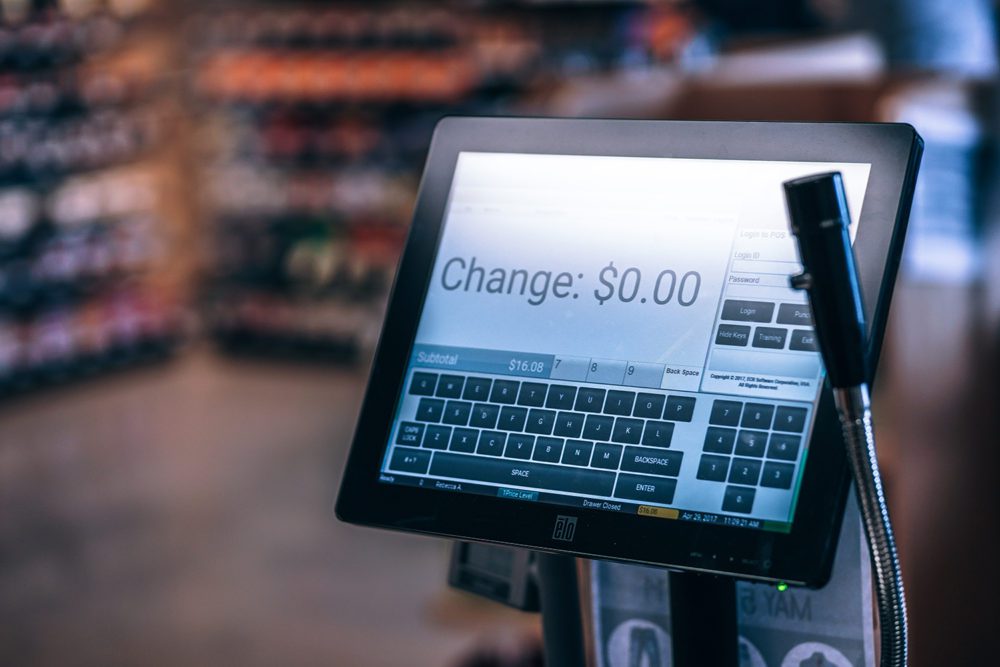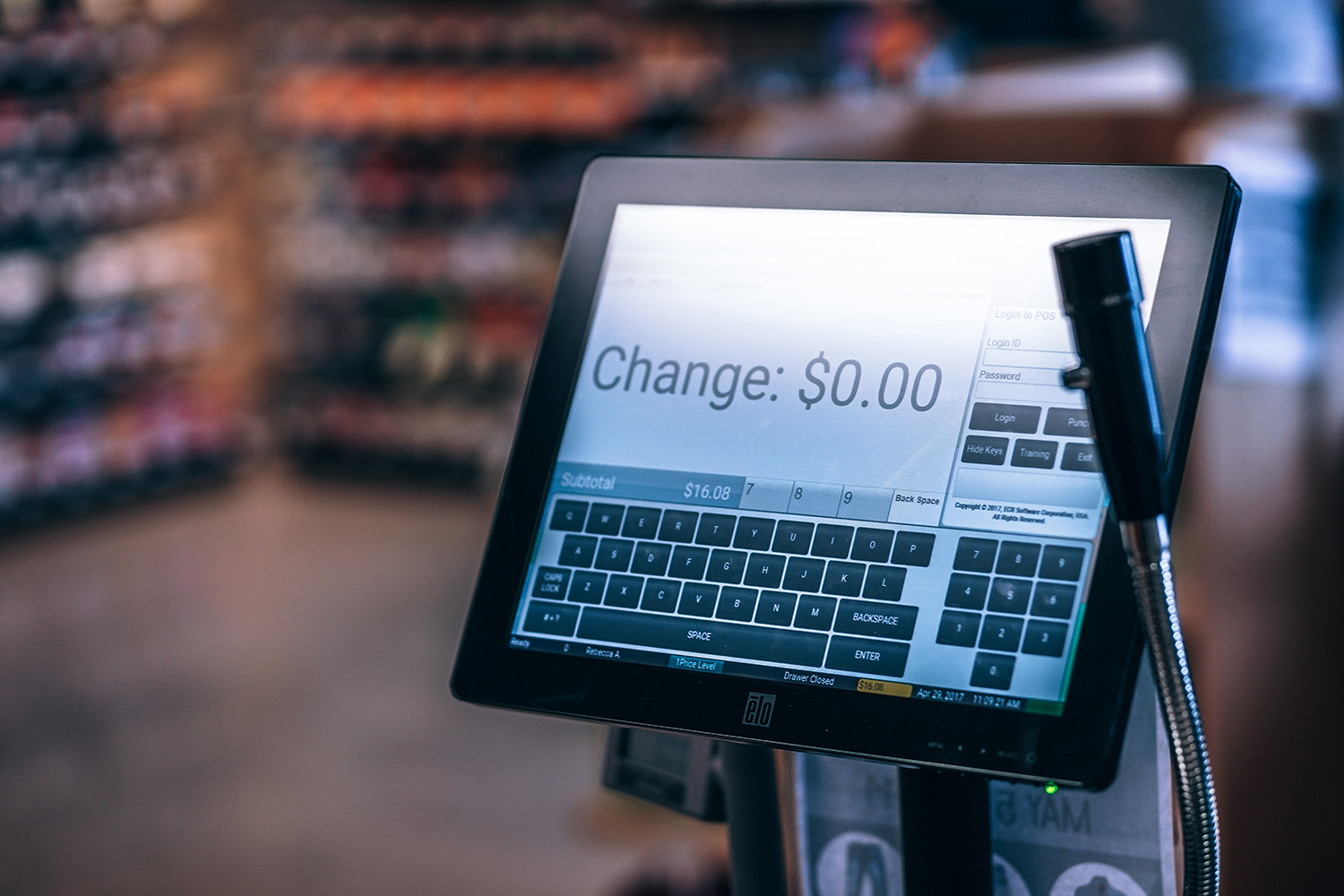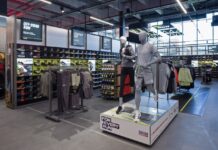Over the years, you’ve probably noticed that the entire shopping experience has shifted. New technologies are being introduced around the world to help streamline how we carry out our shopping tasks and ultimately make processes easier. With no sign of developments slowing down in the world of retail — we investigate whether these new in-store features are beneficial for businesses, and how the overall customer experience is being enhanced.
Wherever you venture out with your friends and family, you’ve probably used self-service terminals to help quicken the shopping process. The recent wave of implementations is in a bid to reduce the number of queues, improve shopper privacy, create a speedier purchase process, and to reduce costs while increasing profits.
In 2013 there were 191,000 self-service checkouts spanning across the world. This is set for a major increase with the aim of having 325,000 fully operating machines by 2019. The same survey found that 90% of respondents had actually used this method of checkout.
The benefits
You won’t be surprised to know that more people are visiting their local supermarket on an average of two to three times a week. Evidently, with the increase on shopping trips, shoppers are putting fewer items in their basket — supporting the need of a quick self-service check-out.
One in four people currently use self-service checkouts, but how they are used is influenced by the shopper’s age. Those who fit in the bracket of 18-39 found this method of checkout easy to use (90%) and half of those over the age of 60 made the same comment.
With a modern interface, customers can scan their own items and speed up the traditional process. With this, businesses can reduce the number of unnecessary jobs, which will in turn save on costs.
Not only that, traditional conveyer-belt set ups take up a lot of store space — by opting for self-service terminals, you could save a lot of space. Although this could be costly at first, it will have positive impacts in the long run and allow your business to adapt easily with any future technological developments.
Once your store has implemented these terminals, you can then shift a greater focus on point of sales. While you wouldn’t necessarily still have traditional service checkouts in place, your trained point of service team will be able to tend to customers and offer them tailored advice to what they need.

Which countries have implemented self-service terminals?
Although a lot of countries are now picking up with this new trend, it must be known that Australia and Italy are making the biggest noise in retail. With more self-service terminals in-store, businesses now have the option to reduce the number of people they employ and encourage shoppers to scan their own items.
However, levels of employment are set to increase, as self-service checkout theft is becoming a greater issue. Over a 12-month period, Coles Supermarkets caught over 11,000 shoppers stealing from self-service terminals — leading to more stores training up staff members to help prevent this from continuously occurring.
Over the next 12-18 months, 60% of businesses expect that they will install self-service terminals in their store. However, you must also consider:
- How will you deal with potential theft and/or inventory management?
- What is the best approach to integrate this into your store design?
- How can you use self-service to optimize your customer experience?
With the right customer experience software, you’ll be able to amplify your retail business.


















